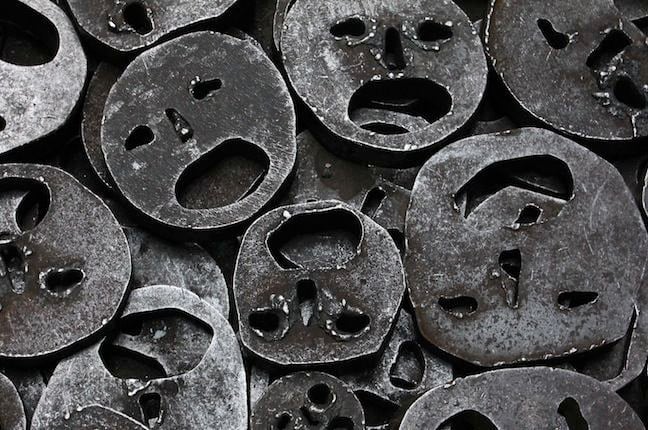
In a clinic in Jaipur, a low, resonant note from a conch shell echoed through the room—and it’s all for an unlikely therapy.
Researchers in India say shankh blowing—an ancient yogic practice of exhaling forcefully into a spiral-shaped conch—may help people with obstructive sleep apnea (OSA), a disorder that causes repeated pauses in breathing during sleep. In a six-month clinical trial, participants who practiced it regularly showed better sleep quality, improved daytime alertness, and higher nighttime oxygen levels.
Ritual Meets Research
The practice of shankh blowing dates back thousands of years in Indian culture. Traditionally, it has been part of religious rituals and yoga. The player holds a conch shell — usually from a large sea snail — to their lips, inhales deeply, and blows forcefully to produce a sustained, vibrating tone.
“It involves a deep inhalation followed by a forceful, sustained exhalation through tightly pursed lips,” said Dr. Krishna K. Sharma of the Eternal Heart Care Centre and Research Institute, who led the study, as per a press release. “This action creates strong vibrations and airflow resistance, which likely strengthens the muscles of the upper airway, including the throat and soft palate.”
Those are precisely the areas that tend to collapse during sleep in people with OSA.
While CPAP (continuous positive airway pressure) machines remain the gold-standard treatment for OSA, they can be uncomfortable and hard to use consistently. Previous research has shown that playing certain wind instruments, like the didgeridoo, can improve symptoms by training airway muscles. Dr. Sharma and his colleagues wondered whether the conch could do the same.
Testing the Conch

The randomized controlled trial enrolled 30 adults, ages 19 to 65, all recently diagnosed with moderate OSA. Sixteen participants were trained to blow a traditional vamavarta conch shell at home for at least 15 minutes a day, five days a week. Fourteen others were assigned to a control group, practicing deep breathing exercises instead.
Both groups were monitored over six months using questionnaires, including the Epworth Sleepiness Scale, and overnight polysomnography (the gold-standard sleep study).
The results were striking. The conch-blowing group reported a 34% drop in daytime sleepiness and scored higher on measures of sleep quality. They experienced four to five fewer apnea events per hour on average, and their blood oxygen levels during the night improved. In contrast, the control group showed little change.
Statistical analysis revealed a mean between-group difference of nearly five points on the sleepiness scale and more than five fewer breathing interruptions per hour for the conch group. The benefits extended to both REM and non-REM sleep, with a 21.8% reduction in apnea events during REM.
The Physiology Behind the Practice
When blown, the conch’s spiral structure produces acoustic vibrations that travel through the upper airway, potentially stimulating and toning surrounding muscles. This kind of respiratory muscle training reduces the collapsibility of airway tissues, a key factor in sleep apnea.
The researchers also observed small but notable reductions in neck circumference among conch blowers, hinting at possible structural changes to the upper airway.
For Dr. Sharma, the findings confirm what he had seen in his own patients: “In our clinical practice, several patients reported sleeping better and feeling less fatigued after regularly blowing a conch shell. One even improved on a sleep study without CPAP,” he told Newsweek.

Encouraging, But Still Early
Experts stress that the study was small and limited to a single medical center. “The findings are encouraging, but it’s too soon to say for certain that conch blowing can help people manage their obstructive sleep apnoea,” said Dr. Erika Kennington, head of research at Asthma + Lung UK, as per The Guardian. Larger trials are already planned in multiple hospitals across India.
Even if further research confirms the results, conch blowing is unlikely to replace CPAP for most patients. Instead, it might offer an accessible, low-cost option for those with mild to moderate OSA, especially in areas where medical devices are scarce or unaffordable.
The idea of a seashell as a medical tool may seem improbable. But history has shown that ancient practices can sometimes illuminate new paths for modern medicine.
The findings appeared in the journal ERJ Open Research.
Source link

